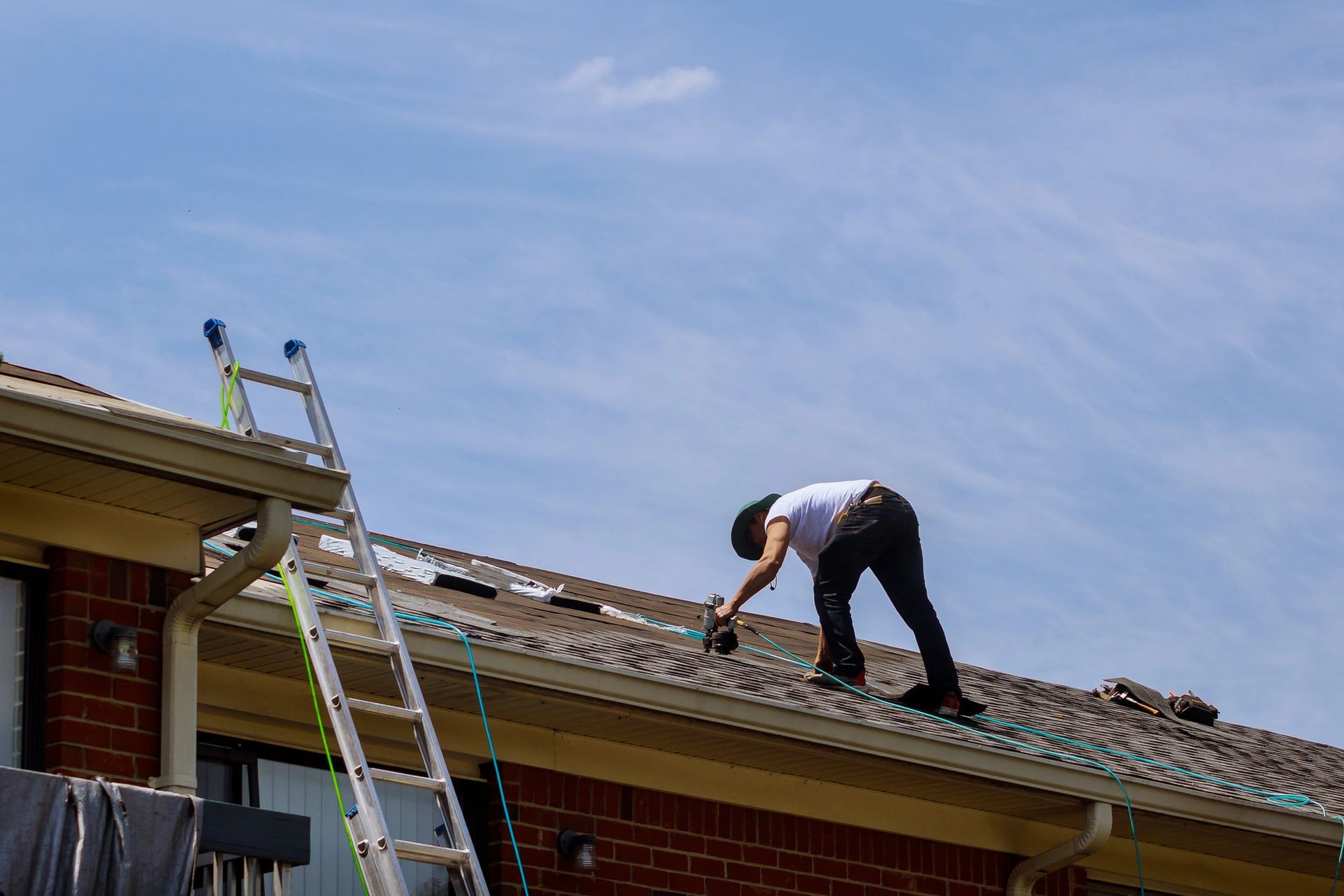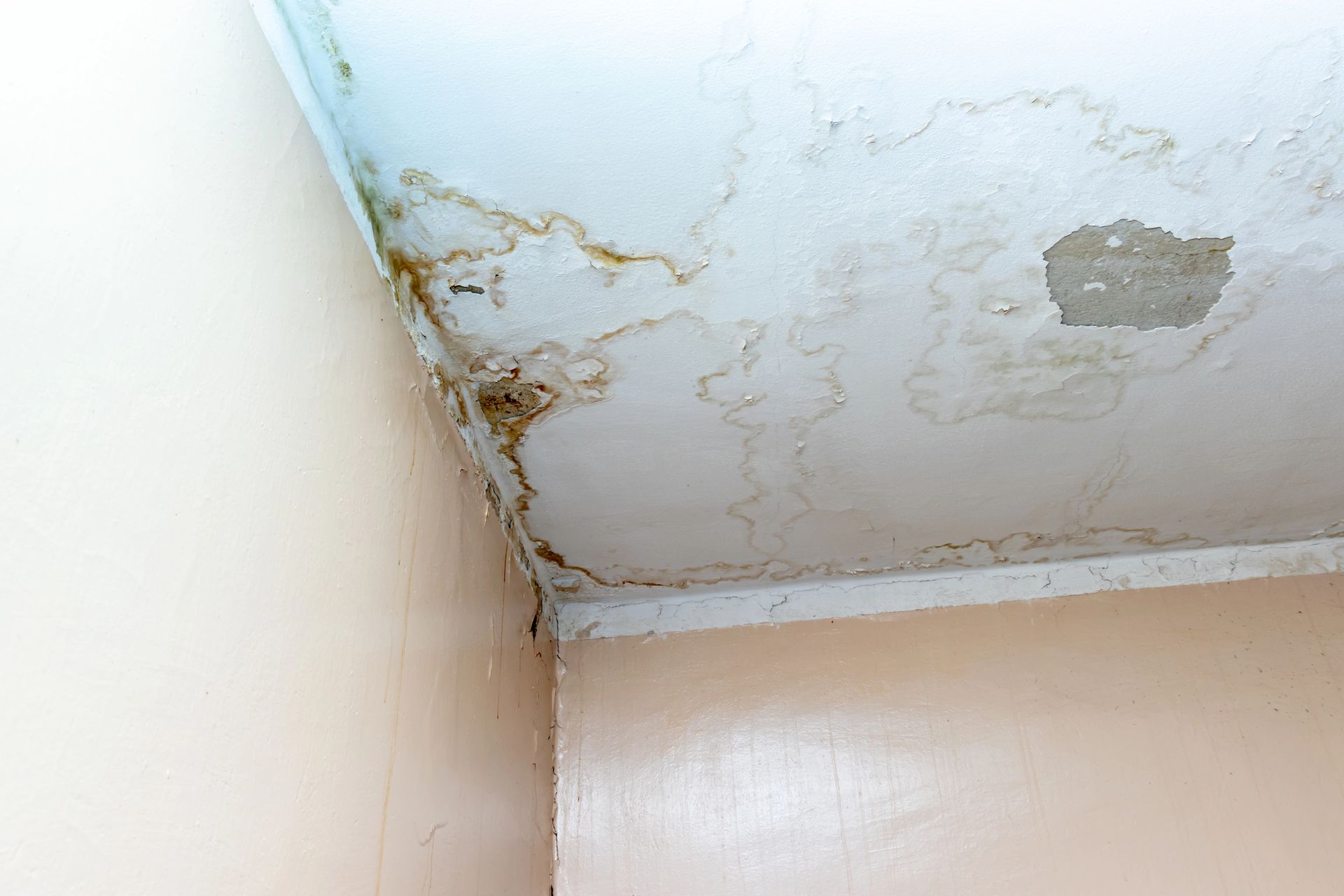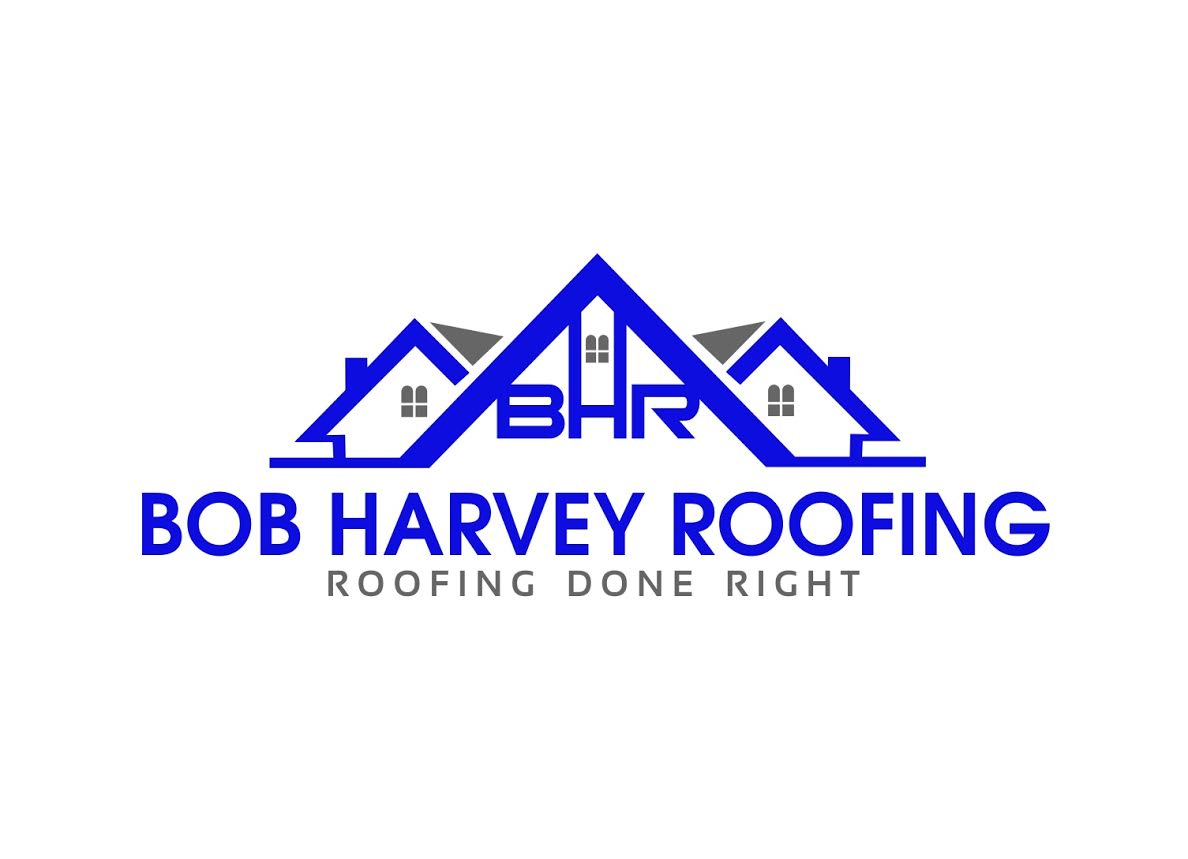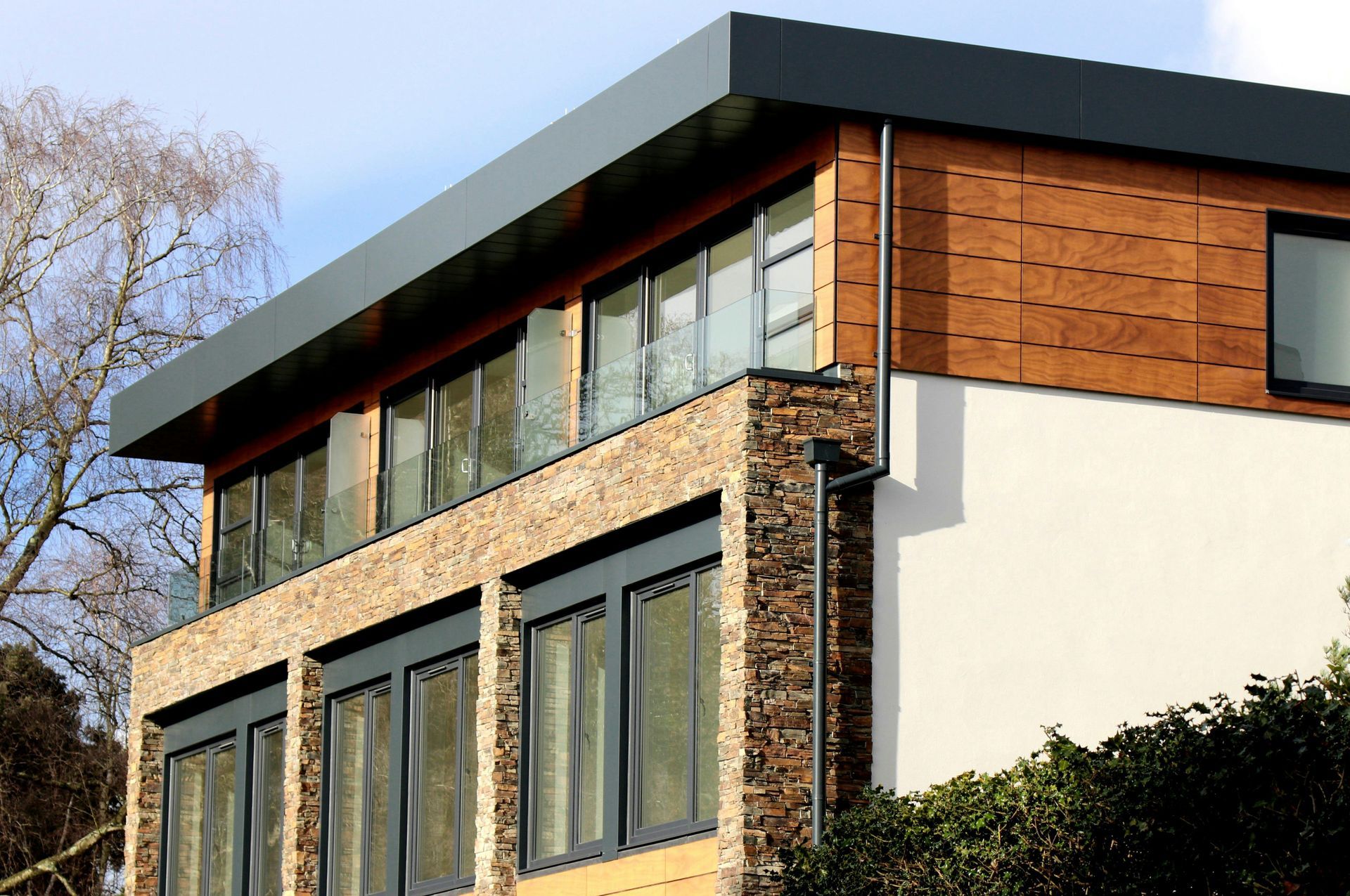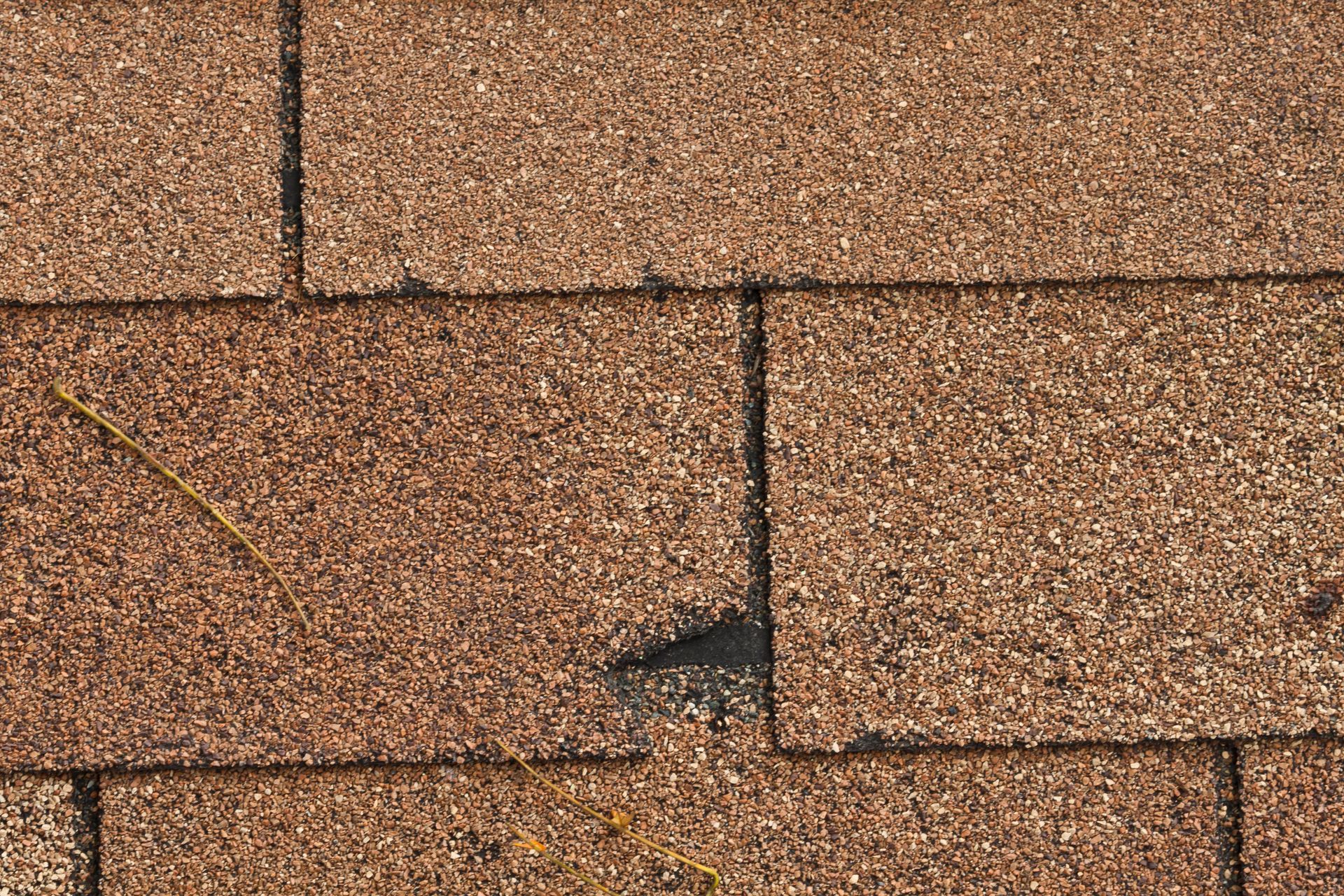
Tufdek vs. Traditional Decking in Utah’s Climate: What Homeowners Need to Know
Michael Naylor • September 22, 2025
If you own a home in Utah, you already know how tough the climate can be on outdoor spaces. Between blazing summer sun, heavy winter snow, and constant freeze–thaw cycles, decks often take the brunt of Mother Nature’s extremes. That makes choosing the right decking material one of the most important investments you can make for your home. Should you stick with the traditional appeal of natural wood, or go with a modern solution like Tufdek vinyl membranes? This Tufdek vs wood decking comparison will help you decide.
Quick Takeaways
- Utah’s climate is tough on decks — UV, snow, and freeze–thaw cycles shorten wood’s lifespan.
- Tufdek withstands extreme conditions, tested from −40°F to 365°F.
- Maintenance is minimal with Tufdek compared to staining and sealing wood.
- Lifecycle costs favor Tufdek over wood in 20 years.
- Design options mimic natural wood while avoiding its weaknesses.
In this guide, we’ll explore how both options perform in Utah’s unique environment. You’ll learn about their durability, maintenance demands, cost over time, and how they hold up against the state’s high UV exposure and harsh winters. We’ll also dig into aesthetics, resale value, and what homeowners often overlook when making this choice. By the end, you’ll have a clear picture of which option fits your lifestyle, budget, and long-term goals—so you can enjoy a deck that not only looks great but lasts for years to come.
Why Decking Choices Matter in Utah
High UV Exposure and Sun Damage
Utah consistently ranks among the highest in the U.S. for annual UV index levels. Traditional wood decking fades quickly and becomes brittle if not protected with stain or sealant. Tufdek, by contrast, includes UV inhibitors that slow fading and maintain surface strength.
Heavy Snowfall and Freeze–Thaw Cycles
Snowfall in northern Utah often exceeds 50 inches a year. As it melts and refreezes, wood boards expand and contract, leading to splitting and rot. Tufdek vinyl membranes are tested to remain flexible at −40°F, making them resilient to freeze–thaw stress.
Dry Summers and Sudden Temperature Swings
Utah’s arid summers cause wood to dry out and splinter. Vinyl decking resists these fluctuations, staying intact through rapid shifts between daytime highs over 100°F and nighttime drops near freezing.
What is Tufdek?
Waterproof Vinyl Membrane System Explained
Tufdek is a PVC vinyl decking membrane bonded over plywood or concrete to create a seamless, waterproof surface. It doubles as both a walking surface and a waterproofing barrier, making it especially valuable for rooftop decks.
Key Features from Product Data
Temperature Resistance (−40°F to 365°F)
Tufdek withstands extreme temperatures without cracking or softening.
UV and Mold Inhibitors for Longevity
Its hydrophobic polycarbonate finish and built-in UV/mold inhibitors reduce fading, warping, and staining.
Reinforced 61 Mil Thickness & Warranty
With a 61 mil thickness and 18×14 non-wicking reinforcement, Tufdek is among the thickest vinyl membranes available. It comes with a 15-year waterproofing warranty and 5-year labor warranty when installed by authorized dealers.
Applications Beyond Rooftop Decks
Tufdek is used on balconies, patios, and sundecks—anywhere homeowners want durability, safety, and waterproofing.
What is Traditional Wood Decking?
Common Wood Options in Utah
Pressure-Treated Pine
Affordable and widely available but highly prone to warping, splitting, and insect damage.
Cedar and Redwood
More attractive and naturally rot-resistant but still require regular staining to withstand Utah’s UV and snow exposure.
Strengths of Wood Decking
- Natural beauty unmatched by synthetic products.
- Familiar feel and warm appearance that many homeowners prefer.
Weaknesses in Utah’s Climate
- Needs annual sealing or staining.
- Lifespan drops to 8–12 years under Utah conditions without heavy upkeep.
- Vulnerable to cracking and rot from snowmelt infiltration.
Durability and Lifespan: Tufdek vs Wood Decking
Wood’s natural beauty is undeniable, but its lifespan is heavily climate-dependent. In Utah, constant sun and snow limit it to about a decade unless meticulously maintained. By contrast, Tufdek’s lab-tested resistance to UV, water, and freeze–thaw cycles means it can last 20–25 years or longer.
Few homeowners realize that Tufdek isn’t just protecting the walking surface—it’s also protecting the home beneath by preventing water intrusion. This makes it not only a deck choice but a roofing decision.
Installation and Structural Considerations
- Tufdek: Requires a solid substrate (plywood or concrete), proper slope for drainage, and professional installation for warranty coverage.
- Wood: Built over joists and beams, giving more design flexibility but also more exposure points for water infiltration.
Homeowner Tip: A common misconception is that you can “just install Tufdek over an old wood deck.” You can’t—it requires a new substrate for proper adhesion and waterproofing.
Maintenance Demands and Costs
- Wood Decking: Needs staining/sealing every year or two, plus repairs for cracked or warped boards. Costs add up quickly.
- Tufdek: Requires only simple cleaning with mild soap and water.
For homeowners searching for low-maintenance decking materials for Utah weather, Tufdek offers a much simpler routine.
Weather Resistance Side-by-Side
- Waterproofing: Tufdek doubles as a roofing system, keeping water out entirely. Wood absorbs moisture, leading to rot.
- UV Exposure: Wood fades and cracks; Tufdek includes UV inhibitors.
- Freeze–Thaw: Tufdek is flexible down to −40°F. Wood splits under expansion stress.
Aesthetics and Design Options
Tufdek offers 13 patterns, including Designer lines that replicate natural wood. While real wood’s organic look can’t be exactly matched, vinyl avoids the fading, cracking, and splintering that make wood decks look tired after just a few seasons.
Cost Breakdown and Lifecycle Value
While wood decks may cost less upfront, factoring in staining, repairs, and earlier replacement reveals a different story. Over 20 years, comparing vinyl and wood deck cost over 20 years, Tufdek typically comes out ahead in total cost of ownership.
Example Case: A 200 sq ft deck in Utah might cost $6,000 in wood vs $8,500 in Tufdek. But after 20 years, factoring in $6,000–$8,000 of wood maintenance and partial replacement, the Tufdek deck is the better value.
Safety and Code Compliance
Tufdek is Class A & C fire-rated and compliant with IBC/IRC codes. It also undergoes third-party audits to ensure consistent product quality. Wood decks meet basic safety codes but rely heavily on builder skill and ongoing maintenance.
Resale Value and Long-Term Home Impact
Buyers in Utah value low-maintenance, waterproof decks that reduce risk of water damage. A well-installed Tufdek system can add resale appeal by providing peace of mind during inspection. By contrast, a weathered wood deck often signals ongoing upkeep or costly replacement.
Pros and Cons
Tufdek Pros: Long lifespan, waterproof, UV resistant, low maintenance.
Tufdek Cons: Higher upfront cost, requires proper substrate.
Wood Pros: Natural beauty, design flexibility, familiar look.
Wood Cons: High maintenance, shorter lifespan, vulnerable to Utah’s climate.
Frequently Asked Questions
Q1: How long does a wood deck last in Utah compared to Tufdek?
Most wood decks last only
8–12 years in Utah. Tufdek vinyl membranes can last
20–25 years or more with minimal upkeep.
Q2: Can Tufdek be installed over an existing wood deck?
No. Tufdek requires a
solid substrate like plywood or concrete with proper slope and drainage.
Q3: Does Tufdek get too hot in summer sun?
All decks warm up, but Tufdek offers
Cool-Step finishes that reflect heat and stay cooler than darker wood stains.
Q4: How much maintenance does Tufdek need compared to wood?
Tufdek requires only
simple cleaning. Wood decks demand annual staining and repairs.
Q5: What’s the cost difference over 20 years?
Wood may be cheaper upfront, but maintenance and replacement make it more expensive over time. Tufdek’s higher initial investment often pays off.
Q6: Will Tufdek improve my home’s resale value?
Yes. Buyers appreciate
low-maintenance, waterproof decks, and inspections favor durable surfaces like Tufdek.
Conclusion
Choosing the right decking material in Utah isn’t just about looks—it’s about durability, maintenance, and long-term value. Traditional wood decks have a timeless charm, but in a climate with intense UV rays, heavy snowfall, and constant freeze–thaw cycles, they demand significant upkeep and often need replacing after just 8–12 years. By contrast, Tufdek vinyl membranes are engineered to withstand extreme temperatures, resist fading, and provide a waterproof, low-maintenance surface that can last two decades or more.
If you’re planning a new deck or considering a replacement, weigh the full picture: initial costs, maintenance demands, safety, and long-term value. For expert advice and a custom estimate, reach out to Bob Harvey Roofing today.
References
- Tuff Industries Inc. Tufdek Product Data Sheet, Professional Series (Revised July 2024).
- Bob Harvey Roofing. Tufdek: What It Is And What It’s Used For. (bobharveyroofing.com)
- Bob Harvey Roofing. Waterproof Rooftop Decks vs. Wood: Which Lasts Longer in Utah. (bobharveyroofing.com)
- Bob Harvey Roofing. Enhance Your Property with Tufdek Waterproof Decking. (bobharveyroofing.com)
- Bob Harvey Roofing. Is Tufdek The Best Rooftop Deck Material? (bobharveyroofing.com)
- Bob Harvey Roofing. The Benefits of Waterproof Outdoor Flooring. (bobharveyroofing.com)
- Tuscany Builders Inc. How To Choose The Right Deck Material For Utah’s Climate. (tuscanybuildersinc.com)
- Tufdek Official. Why Choose Vinyl Decking? Tufdek The Superior Decking Solution. (tufdek.com)
- Utah State Building Code. 2021 Utah State Building Code, Section 1604.8.3 (Decks). (codes.iccsafe.org)






